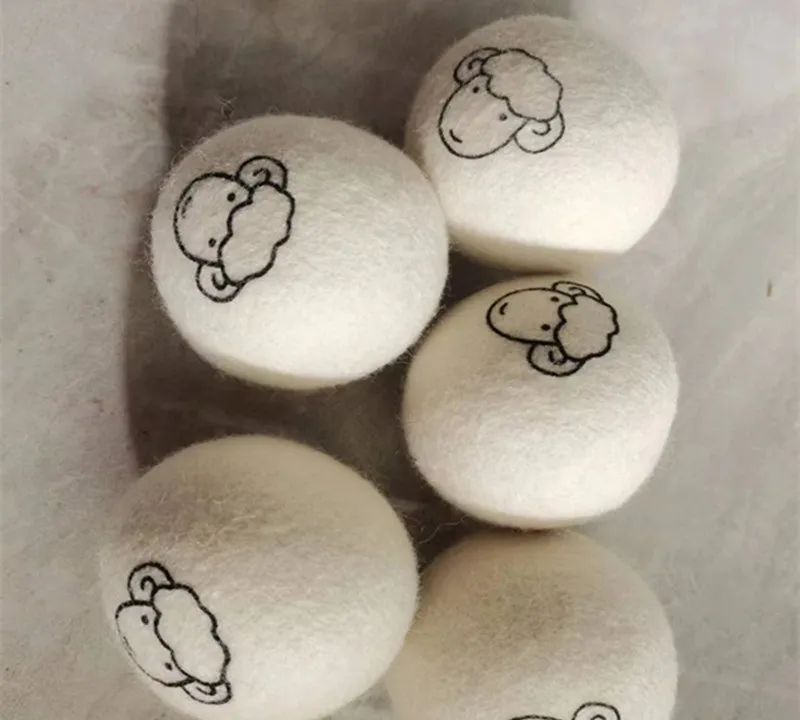Benefits of Using Wool Drying Balls for Efficient Laundry Drying and Freshness
The Benefits of Wool Drying Balls A Sustainable Laundry Solution
In recent years, as environmental consciousness intensifies, more people are turning to natural and sustainable alternatives in their daily lives. One such product that has gained popularity in the laundry sector is wool drying balls. These small, woolen spheres can revolutionize the way we do laundry, offering a myriad of benefits that extend beyond mere fabric care. In this article, we will explore what wool drying balls are, how they work, and why they are an excellent choice for eco-friendly laundry enthusiasts.
What Are Wool Drying Balls?
Wool drying balls are typically made from 100% natural, unbleached wool. They are designed to be tossed into the dryer along with wet laundry. Unlike synthetic dryer sheets, which can contain harmful chemicals and fragrances, wool drying balls are free from additives, making them a safe choice for families and individuals with sensitivities or allergies. Each ball is typically around the size of a tennis ball and can be used for hundreds of loads, making them a cost-effective alternative to disposable dryer products.
How Do Wool Drying Balls Work?
The primary function of wool drying balls is to help reduce drying time and prevent static cling. Here's how they work as the dryer spins, the balls bounce around, separating and tumbling the clothes. This action allows for better airflow within the dryer, which helps moisture evaporate more quickly. The wool also absorbs some of the moisture, further speeding up the drying process.
Additionally, wool drying balls help to soften fabrics naturally. As they tumble with the laundry, they prevent clothes from clumping together, reducing wrinkles and the need for ironing. The result is cleaner, fresher laundry that is ready to wear straight from the dryer.
Environmental Benefits
wool drying ball

One of the most significant advantages of using wool drying balls is their positive environmental impact. Traditional dryer sheets and fabric softeners often come in plastic packaging and are filled with synthetic materials that may not break down safely. By contrast, wool drying balls are biodegradable and come with minimal packaging, which helps reduce plastic waste.
Moreover, the energy savings associated with wool drying balls contribute to a lower carbon footprint. By shortening drying times, they reduce electricity consumption, which is beneficial for both your wallet and the planet. On average, users can expect a reduction of about 25-30% in drying time, leading to less energy usage and lower utility bills.
How to Use Wool Drying Balls
Using wool drying balls is straightforward. Simply add three to six balls to your dryer, depending on the size of the load. For larger loads, more balls may be required to achieve optimal results. If desired, you can add a few drops of essential oil to the balls before using them, providing a natural fragrance to your laundry without the use of synthetic fragrances.
To maintain the effectiveness of the wool drying balls, it is recommended to periodically wash them in mild soap and water, allowing them to air dry. Over time, they may become compressed, but this does not affect their performance. If you find that your drying balls are becoming too flat, it's time to replace them.
Conclusion
Wool drying balls are a sustainable, cost-effective, and efficient solution for anyone looking to reduce their environmental impact while enhancing their laundry experience. With their ability to shorten drying times, soften fabrics, and eliminate the static cling associated with traditional laundry methods, they are rapidly becoming a staple in eco-friendly households.
By making the switch to wool drying balls, you not only invest in the longevity of your clothing but also contribute to a healthier planet. In an age where eco-conscious choices are more important than ever, wool drying balls epitomize a smart, sustainable approach to everyday tasks. Transitioning to this natural laundry solution can provide both immediate and long-term benefits for your laundry routine and the environment alike. So why not give wool drying balls a try? Your clothes—and the planet—will thank you.
-
What Makes Felt a Great Choice?NewsNov.19,2024
-
Total Mixed Ration (TMR) Feed for CattleNewsNov.19,2024
-
The Ultimate Guide for Felt Polishing WheelsNewsNov.19,2024
-
Industrial Felt for Various ApplicationsNewsNov.19,2024
-
Felt Makeup Bags and Inserts BagsNewsNov.19,2024
-
Choosing the Right Hotel TowelsNewsNov.19,2024
-
Your Go-To Guide For Affordable Wholesale Wool FeltsNewsOct.31,2024







